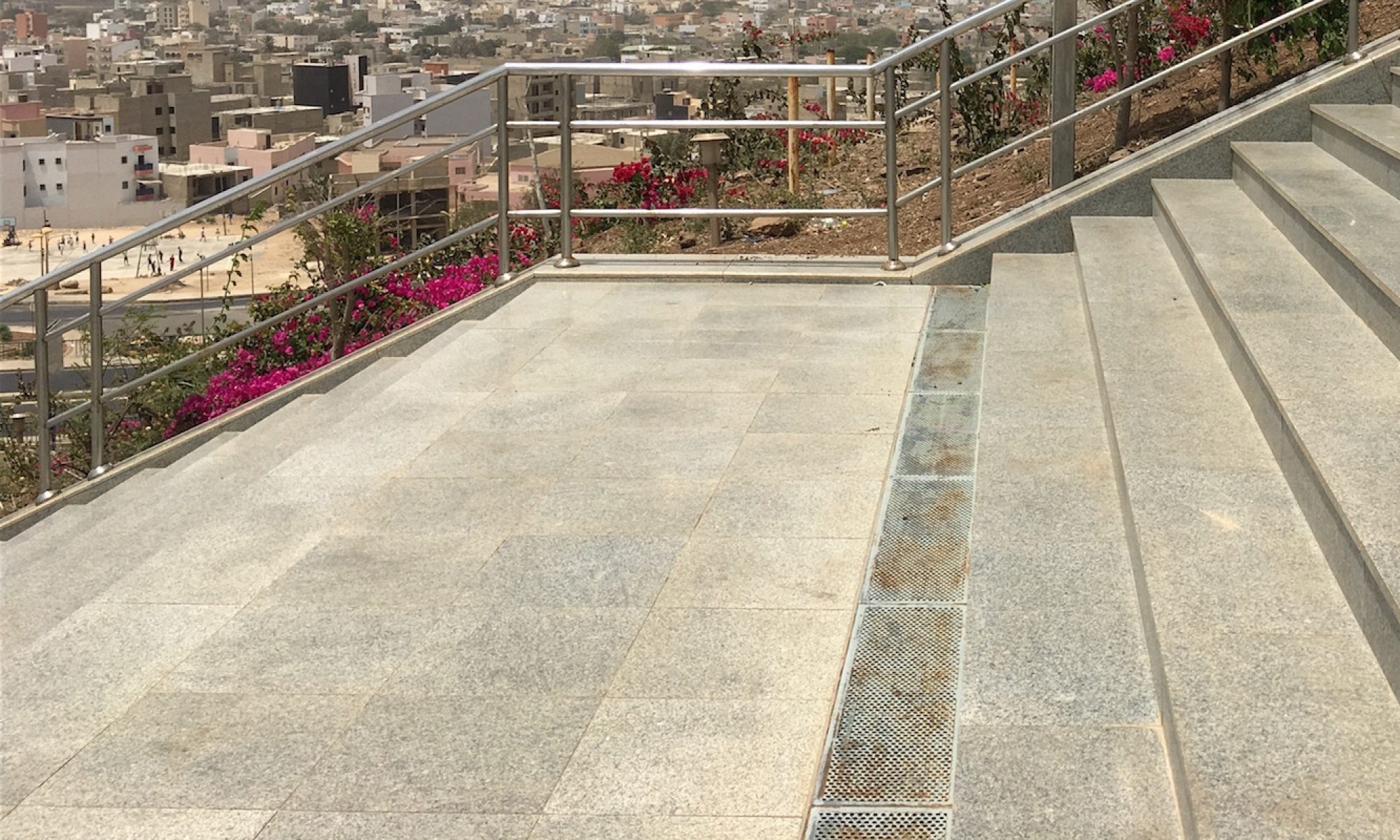A laptop, a power outlet, a strawberry milk shake, some peace and quiet and Me. This is my all-in-one kit needed for a powerful writing session. Indeed, my perfect scenario includes no one distracting or disturbing me or trying to give me opinions on what and what I should not write. I could receive and accept criticisms and correct my mistakes but my idea would still remain. Writing for me is what I have always considered as a “selfish” activity much like taking a Selfie or something. My writing should zero in on my ideas, my thoughts, experiences, style and mode of thinking. However, before I enrolled in INTD 105, writing collaboratively was a notion I had not yet come to terms with. In other words, writing as part of a team is still a fairly new concept for me and one, I would want to explore further. Although, I can say I have experienced working with a team outside of the academic environment but it was mostly centred on leadership and accountability. I would never be able to fathom the ineffable feelings attached with working with a team, brainstorming ideas, sharing laughter, learning new ways of doing the same things, experiencing the power of many and achieving great results. Deep inside me, I still yearn to know, what does “writing together” really mean?
The notion of writing with a team paints a different picture entirely. Now I know a writer should not need to be a hermit to produce a good piece of writing. To illustrate further, I understand that its like people coming together like pieces on a mosaic to form a total picture; nevertheless, each one is a unique, distinct and special entity that together they all form a masterpiece. The editor, the reviewer and the writer, all come together to make a masterpiece.
Nevertheless, I must say a writer is a highly social creature whose life depends on expressively communicating with peers, mentors and people alike. A writer is a collocutor who must learn to converse actively in his or her group and inspire greatness within it. The writer is also a learner and like most learners thrive better around people than in isolation and up until now I still do not fully understand the total concept.
Writing with people is in itself both exciting and intimidating and much, like taking a roller coaster ride. It’s scary and fun at the same time. There is a fear of losing your identity and not “shining” well enough. It is also important to note that in every group, no mind works the same as the others do. In the effort to paint a scenario, in a group there can be a person who always get the best votes by other members of the group on lots of ideas while another person’s ideas get relegated to the back ground. Furthermore, a person who is more creative than you will always get all the work pushed on to him or her while you, who is just not as creative, always end up with a more technical role. Although, this is no one’s fault as everyone wants the best results for the team so individual members are better off sticking to their areas of expertise. This leaves little or no room for flexibility and experimentation. This makes me a little cautious and wary.
Nevertheless, I still maintain that collaborating with others helps a person view life from a different perspective, help an individual step out of their comfort zones zone for a while and enables them to walk in other people’s shoes as well so that they end up becoming more sensitive and conscious individuals. For me, writing with people would help me tap into my nether creative side, learn tolerance for the sometimes encumbering writing process and develop respect for other people’s intellectual products. I see myself becoming unstuck from my very linear world and becoming exposed to a multi-dimensional world which exists from working and sharing with others.
